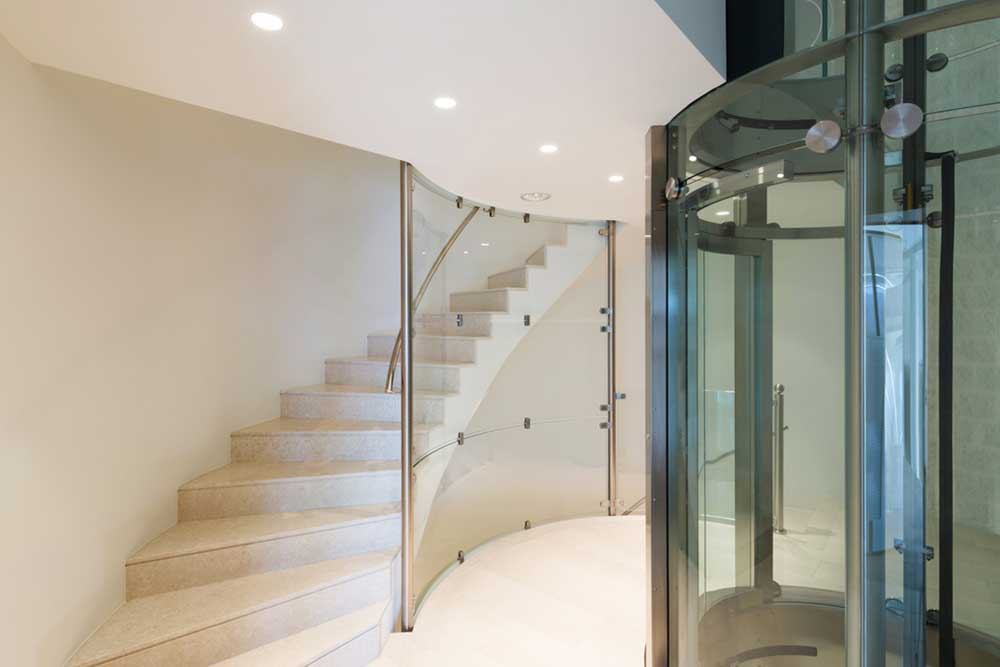Four common types of home elevators
You may question the need for a home elevator system, especially if there are no aged or physically handicapped persons in the house. You could just choose to save money and install a stair chair lift instead. However, due to the efficient use of materials and reduced cost of installation, home elevators are finding their place in many two-storeyed or taller buildings preferred by homeowners. It is the latest attraction that no longer caters only to the uber rich or people who are in need of such systems.
Winding drum and counterweight systems
Based on the old scientific principle of a revolving winch and a counterweight to offset the load bearing, a winding drum and counterweight chain drive is a common home elevator you can find at any friend or relative’s place.

Pneumatic vacuum elevators
Pneumatic home elevator systems do not rely on a cable and pulley system as the cab is powered to go up and down using atmospheric pressure.
Roped hydraulic systems
A roped hydraulic system is a combination of using a rope and pulley system that is powered by hydraulic pressure. A hydraulic pump is attached to a position and the pulley system hoists the elevator cab up or down using a pumping mechanism. The compression moves the piston thus moving the elevator cab simultaneously using pressurized hydraulic fluid. Roped hydraulic home elevators are a convenient installation especially when you don’t have space for a full pneumatic or counterweight driving system installation.

